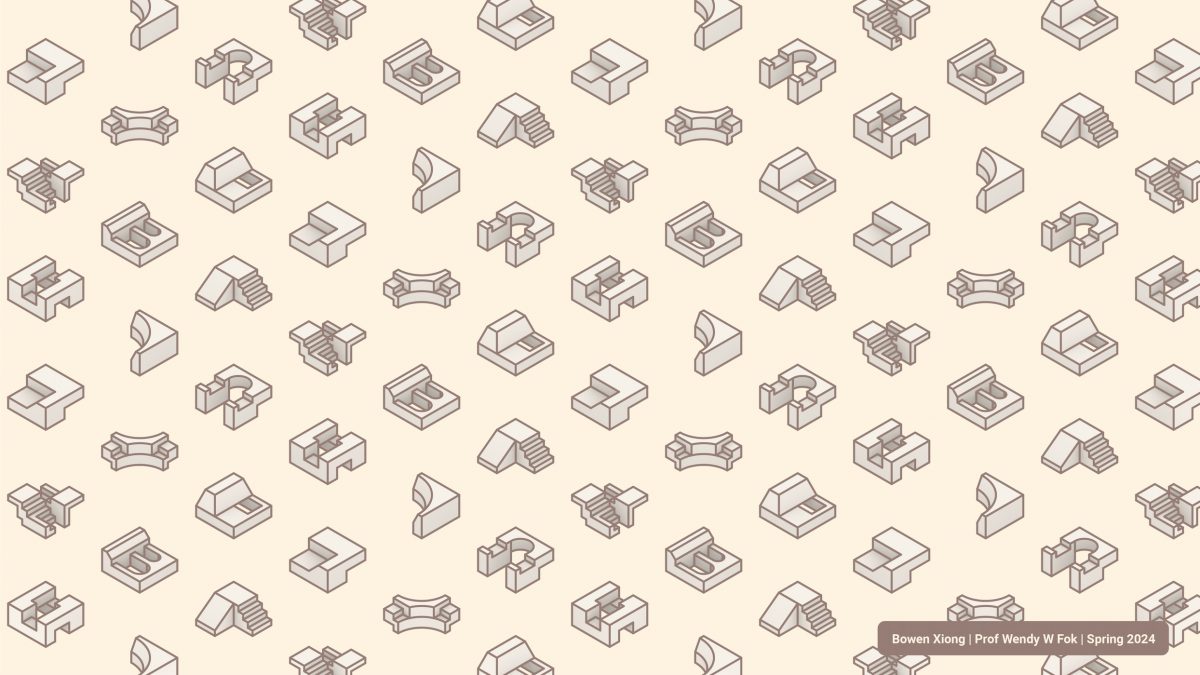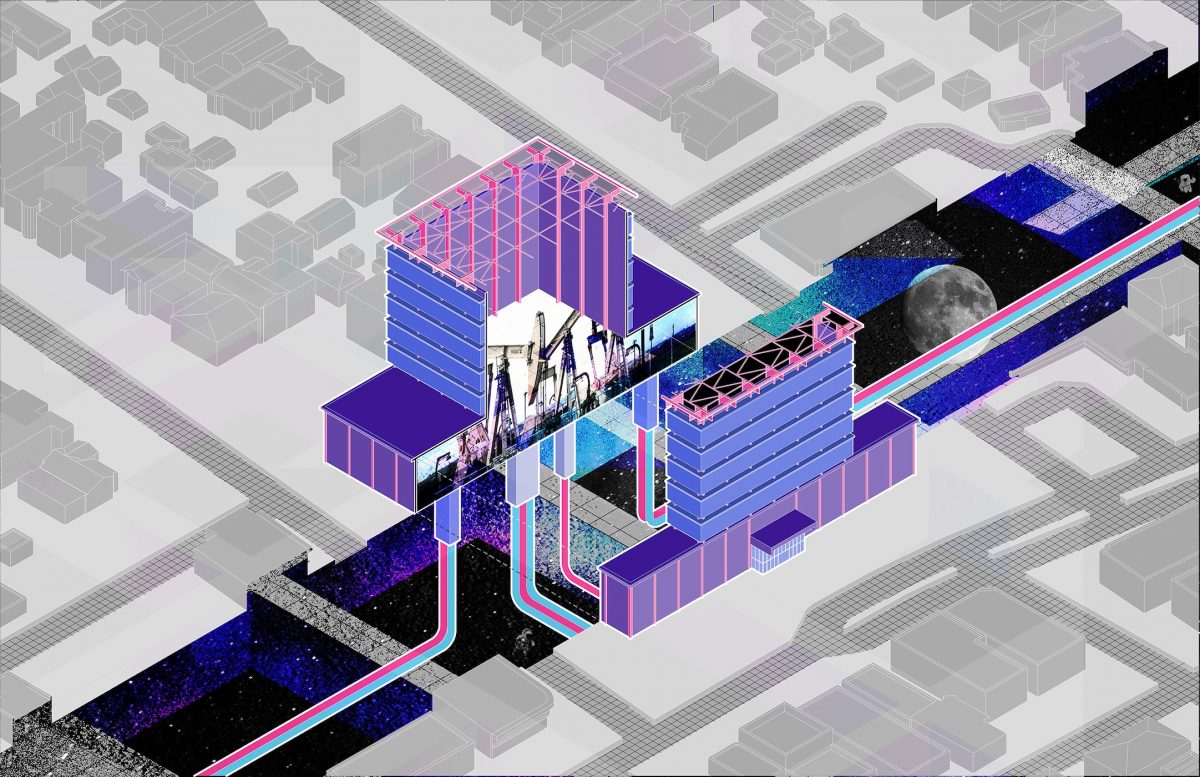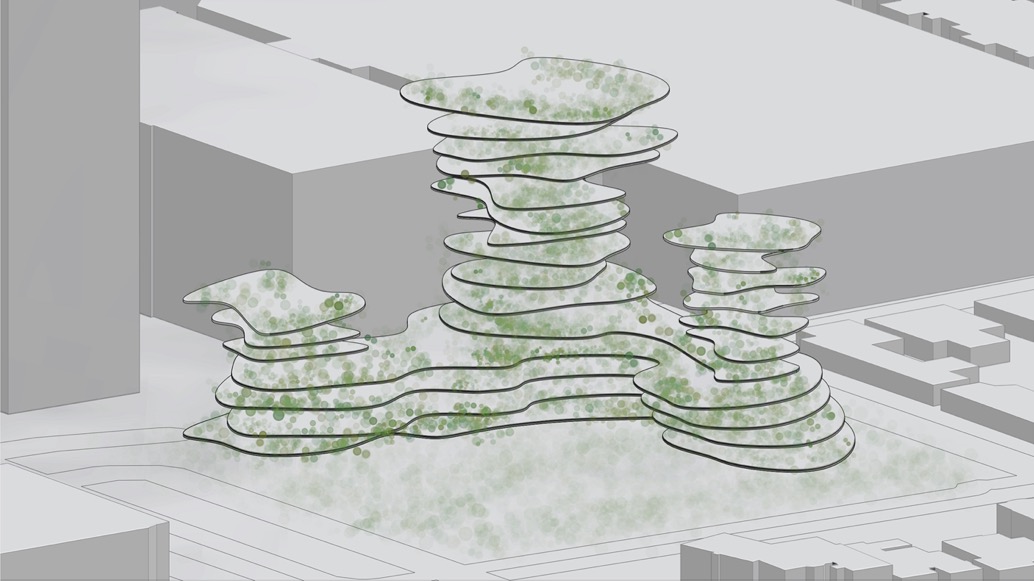This thesis proposes a novel toy set designed specifically for children ages 3-10. By emphasizing physical play and hands-on exploration, the set aims to enhance children’s motor skills and spatial awareness.
Drawing inspiration from architectural principles, the toys will utilize a variety of materials and foster creative problem-solving through open-ended play. This project positions the toy set not just as a source of entertainment, but as an instrument for learning, encouraging children to develop a foundational understanding of materials, spatial composition, and ultimately, sparking a lifelong interest in design.
The design process of “A ‘PLAY’GROUND” explored various fabrication techniques to achieve the desired functionality and aesthetics. Through CNC milling, 3D printing, casting, and laser cutting, diverse materials were tested. Ultimately, the chosen materials optimize the toy design for a colorful aesthetic and engagement. The core design principles emphasize the limitless possibilities of compositions achievable through prefabrication, modularity, discreteness, and flatpacking.
From landscapes to infrastructure elements, the modules can be playfully assembled without any adhesives to create various playground designs. In essence, the toy set serves as a prototype for a larger-scale architectural composition. This proposed human-scale design, inspired by the toy’s modularity, would allow children to not only imagine but also physically interact with and explore the built environment.



